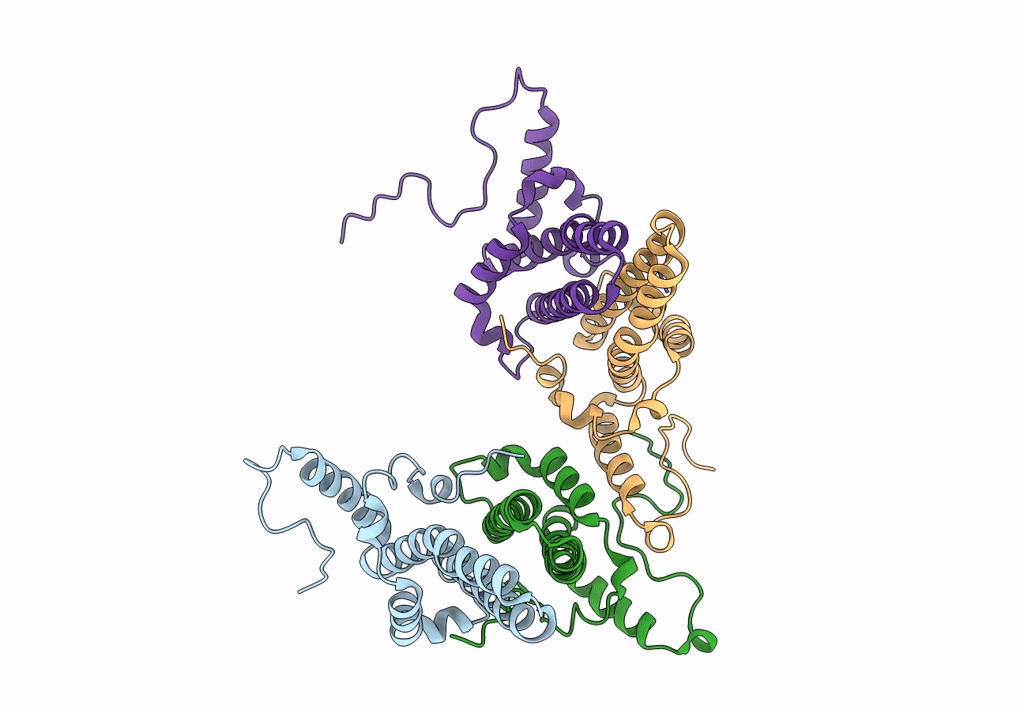
Deposition Date
2018-10-05
Release Date
2018-12-26
Last Version Date
2024-11-20
Entry Detail
Biological Source:
Source Organism:
Hepatitis B virus ayw/France/Tiollais/1979 (Taxon ID: 490133)
Host Organism:
Method Details:
Experimental Method:
Resolution:
2.66 Å
Aggregation State:
PARTICLE
Reconstruction Method:
SINGLE PARTICLE


